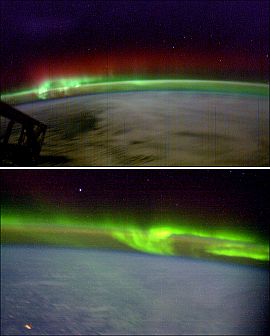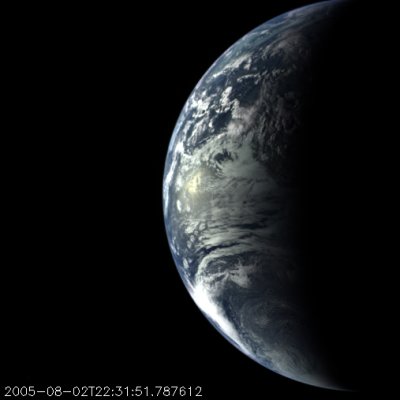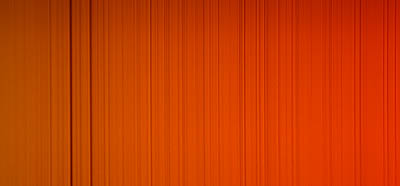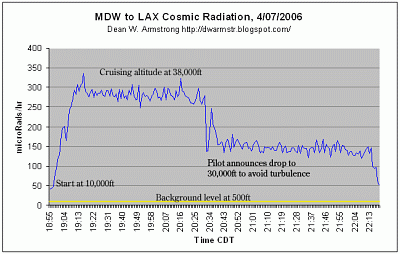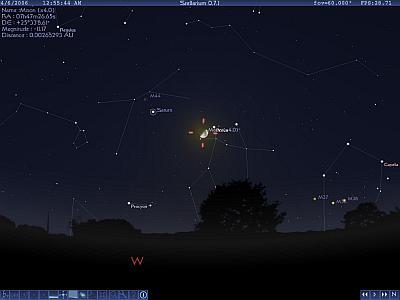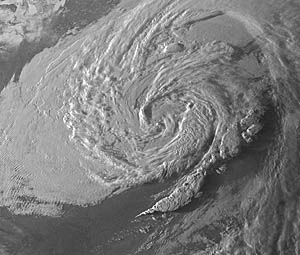This weekend I traveled to
Yerkes Observatory in Williams Bay, Wisconsin, on a trip organized by the
Ryerson Astronomical Society. It was fantastically clear all night long. And quiet.
Oddly, at least to my city ears, I heard no birds all night long. The first birds I heard chirping occurred well after the start of nautical twilight at 4:52AM--in fact, it wasn't until the start of civil twilight thirty minutes later that I really began to hear a lot of robins and other birds.
Now, in Chicago, I have heard from friends time and time again, that if they stay up too late, they begin to hear robins singing late at night and can't get to sleep. We are talking 2 or 3 AM, not the expected nautical or civil twilight. What's going on?
I imagine, although haven't studied it, that birds are primed to begin singing by having a biochemical reaction when exposed to a dark period of a certain length followed by light. Plants use this method to produce flowers during certain seasons, and biologically it's easier to have a too-long cycle that is reset daily than to accurately time the cycle. So, for robins, during the night their cycle is reset by the first light they encounter. Normally, this is the dawn. But in many cities, it is unshielded streetlights. And they chirp away.
This is a direct result of light pollution caused by unshielded streetlights in the city of Chicago. Fully shielded lights (also known as full-cutoff) do not emit any light above horizontal--as a result they don't light trees above the streets and keep the birds from singing. You can't say the results from Yerkes are a result of no lights: Yerkes isn't completely isolated--it's in the town of Williams Bay, which has streetlights. Fully shielded streetlights.
When someone asks me if light pollution
has a real effect on people other than astronomers, I believe I will mention my friends that can't get to sleep because of the robins.

